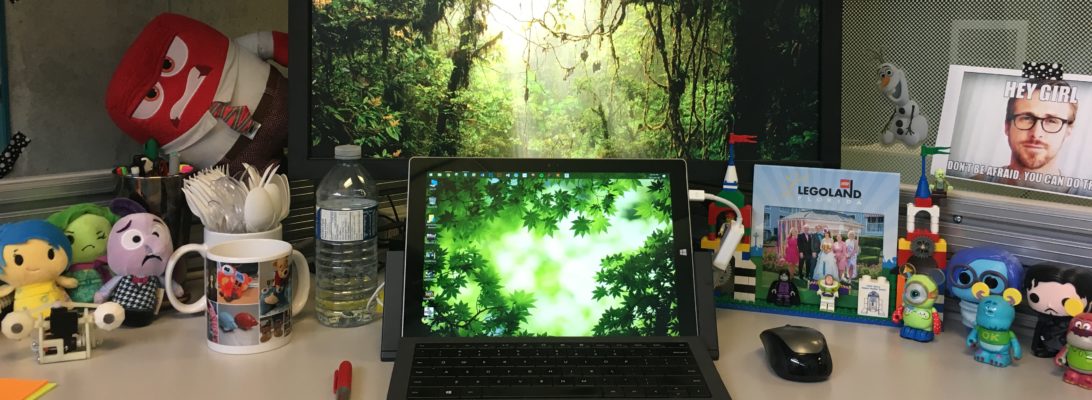Back in December I found out that some of the work I had done last year at the UofA was accepted for publication / presentation at CHI 2013 in Paris, France. I’m super excited to talk about this work as I was really excited about the results and of course, a stop in Paris means a stop at Disneyland Paris!
Here is the abstract of the work, as well as the CHI Video Preview which was a new component for submissions this year.
This work examines intermanual gesture transfer, i.e., learning a gesture with one hand and performing it with the other. Using a traditional retention and transfer paradigm from the motor learning literature, participants learned four gestures on a touchscreen. The study found that touchscreen gestures transfer, and do so symmetrically. Regardless of the hand used during training, gestures were performed with a comparable level of error and speed by the untrained hand, even after 24 hours. In addition, the form of a gesture, i.e., its length or curvature, was found to have no influence on transferability. These results have important implications for the design of stroke-based gestural interfaces: acquisition could occur with either hand and it is possible to interchange the hand used to perform gestures. The work concludes with a discussion of these implications and highlights how they can be applied to gesture learning and current gestural systems.
Also, if you are interested in other applications of motor learning to HCI, check out Fraser’s paper that will also be presented at CHI this year!







